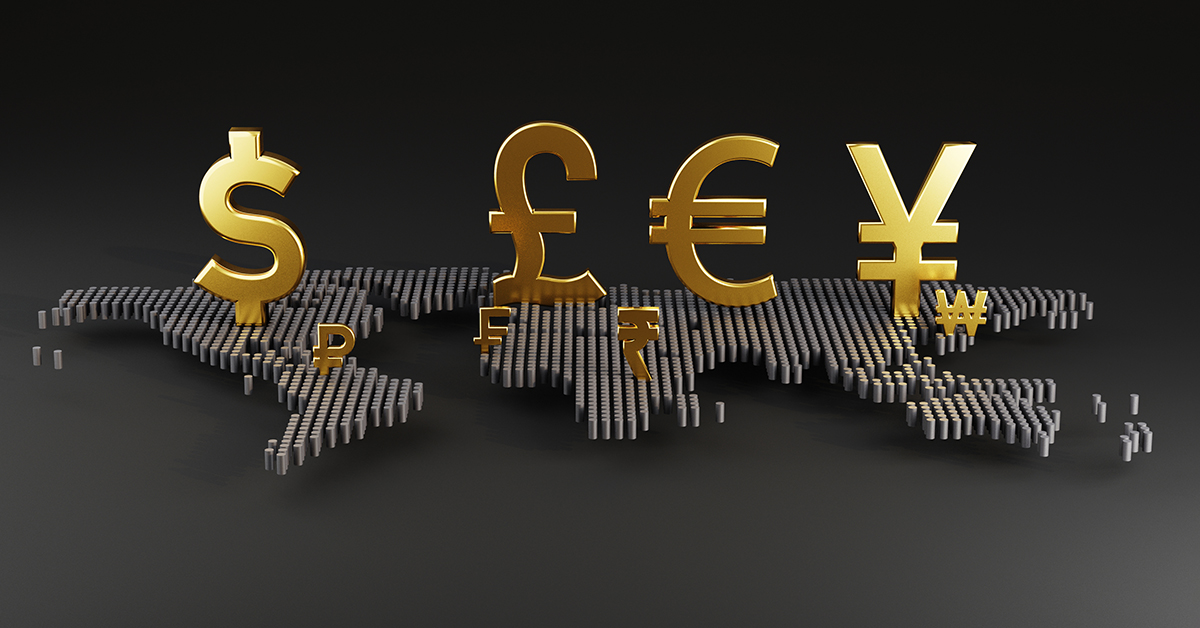
The Meaning of Forex Trading: Understanding the Forex Market
Forex trading refers to the process of exchanging one currency for another in the foreign exchange market. This decentralized global market plays a crucial role in the world economy, enabling businesses, governments, and individuals to facilitate international trade and investment. The forex market is the largest and most liquid financial market in the world, with an average daily trading volume exceeding $6 trillion. To understand the meaning of Forex trading better, it’s essential to grasp how it operates and its significance to various stakeholders, including forex trading meaning Argentina Brokers.
What is Forex Trading?
Forex trading involves buying and selling currency pairs. Currencies are quoted in pairs because traders simultaneously buy one currency while selling another. For example, if a trader believes the euro will increase in value against the US dollar, they might buy the EUR/USD pair. If the value of the euro increases, the trader can sell the pair for a profit. The forex market is open 24 hours a day, five days a week, allowing traders to engage in transactions at any time, from anywhere in the world.
The Importance of the Forex Market
The forex market serves several essential functions in the global economy:
- Facilitating International Trade: Businesses involved in importing and exporting goods need to convert currencies to pay for products and services. The forex market enables them to conduct transactions efficiently.
- Currency Hedging: Companies can hedge against currency risk by locking in exchange rates through forward contracts or options, minimizing the impact of exchange rate fluctuations on their profits.
- Speculation: Traders aim to profit from changes in currency values. Speculative trading contributes to market liquidity, allowing for rapid execution of orders and efficient pricing.
- Investment Opportunities: The forex market provides numerous opportunities for individual and institutional investors to diversify their portfolios and gain exposure to different economies.
The Participants in the Forex Market
Several key players participate in the forex market, each with distinct motivations and roles:
- Central Banks: National governments and their central banks establish monetary policies that influence currency values. Their actions, such as changing interest rates, can significantly impact forex markets.
- Commercial Banks: Large banks conduct extensive forex transactions for their clients and themselves. They facilitate currency exchanges for multinational corporations and individuals, contributing to market liquidity.
- Institutional Investors: Hedge funds, mutual funds, and pension funds trade currencies as part of their broader investment strategies. They often engage in large-scale transactions that can influence market trends.
- Retail Traders: Individual traders, often using online platforms, access the forex market directly. They may trade currencies based on technical analysis, news events, or personal strategies.

Key Concepts in Forex Trading
Understanding forex trading requires familiarity with several key concepts and terms, including:
- Currency Pairs: Currency pairs like EUR/USD, GBP/JPY, and USD/CAD represent the exchange rate between two currencies.
- Bid and Ask Price: The bid price is the highest price a buyer is willing to pay for a currency, while the ask price is the lowest price a seller will accept. The difference is known as the spread.
- Leverage: Leverage allows traders to control a larger position size with a smaller amount of capital. While this amplifies potential profits, it also increases the risk of significant losses.
- Pips: A pip (percentage in point) is the smallest price movement in forex trading and is typically the fourth decimal place in most currency pairs.
Understanding Forex Charts
Forex traders use charts to analyze price movements and identify trading opportunities. Various types of charts are used, including:
- Line Charts: A simple representation of price movements over time, connecting closing prices.
- Bar Charts: Show opening, closing, high, and low prices for a specified period, providing more information than line charts.
- Candlestick Charts: Represent price movements and are widely used for technical analysis due to their visually appealing format, showing price action within a specific timeframe.
Strategies for Successful Forex Trading
Success in forex trading requires knowledge, risk management, and the development of a trading strategy. Here are a few common trading strategies:
- Scalping: A short-term strategy involving many trades throughout the day, focusing on small price movements.
- Day Trading: Involves opening and closing positions within the same trading session, avoiding overnight risks.
- Swing Trading: Traders hold positions for several days or weeks, aiming to capitalize on short to medium-term market movements.
- Trend Following: Involves analyzing market trends and making trades in the direction of prevailing trends to maximize profits.
Risks in Forex Trading
While forex trading can be profitable, it also comes with significant risks:
- Market Risk: The potential for a trader to experience losses due to unfavorable market movements.
- Leverage Risk: Although leverage can amplify profits, it can equally magnify losses, potentially leading to substantial financial setbacks.
- Emotional Risk: Trading decisions driven by emotions rather than strategies can lead to poor performance and financial losses.
Conclusion
In conclusion, forex trading is a complex yet rewarding field that requires a solid understanding of the market dynamics, strategies, and risks involved. By grasping the meaning of forex trading and leveraging various tools and techniques, traders can navigate this vibrant market and find potential opportunities for profit. Continual learning, practice, and the use of reliable brokers, such as those listed with Argentina Brokers, can enhance a trader’s experience and success in the forex arena.
